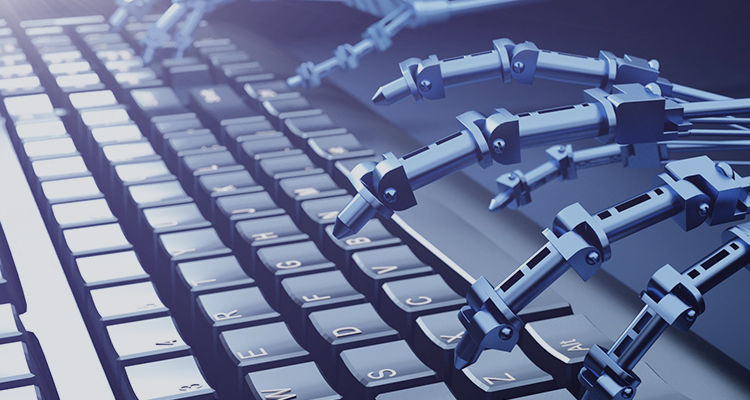What is the connection between PCB and Internet of things?
Release Date:2020-02-17
Connecting to the cloud is a key feature of the Internet of things.
Fast forward to today, I still design PCB in the computer field. The beige box is no longer the name of the game - instead, it is all about the Internet of things (IoT). Through these embedded computers, we have opened up a whole new category of small tools and equipment, especially those "smart home furnishing" nicknames.
Coffee makers, kettles, fridges, lighting, watches, and even cars all picked up this twenty-first Century technology. Integration of cloud control, remote access, and even machine learning and other functions (when you come back from work, your air conditioning on), it really began to feel like the future. Of course, for our PCB designers and electrical engineers, this means more than party skills and fuzzy logic toasters.
Internet of things: more complex than you may be.
For obviously reasons, pcb manufacturing for IOT devices is a real challenge. For example, space is very valuable. Most IOT products are small appliances, controllers or wearable devices for the consumer market. They love neat and compact products. In addition, many of these devices do not consider hardware design. On the contrary, it is all about aesthetics, which means that the irregular shape of small space is used for hardware.
Then there's the performance problem. If their fridge needs to be loaded and requires many functions to enable smart watches to display YouTube, no one will be excited. Your pcb manufacturing may contain IC and at least one SoC (if not two). Finally, we need to consider reliability; consumers who buy these gadgets will expect them to "just work". This means that any design choices you make need as solid as rocks. As in the past, there is no room for error (or anything else). So what are intelligent designers doing?
Smart watches are typical applications of the Internet of things. They require a lot of performance in small packages.
Flexible PCB: best friend of the Internet of things project
Please allow me to share some personal information with you. The simple two layers I recall are not acceptable. They do not do enough in small shape and size. Now you may be thinking, "what about high-density multi-storey boards?" Of course, this is technically correct, but according to my experience, they are more troublesome than their value. With the large number of Internet of things products (especially wearable devices), these boards are easily broken. Not only that, they need a flat space to adapt. There is a better answer, which seems to be the same for everyone making Internet of things devices. Flexible PCB has become the first choice in the field of Internet of things, bringing the previously obscure circuit board to a new prominent position. Made of multilayer polyimide, flexible PCB can use rigid pcb with the same specifications. They are widely adaptable, do not sacrifice long-term reliability, and have achieved success in the application of Internet of things. More importantly, their flexibility makes it easy to integrate into small and unconventional geometry of many IOT products.
In more than a few projects, I have been able to use the curved panels and the space behind the base. I don't need so many connectors and ribbon cables, we all know how heavy they are. Potentially, you can even create a generic design of several IOT products that love different shape factors. Flexible PCB and Internet of things - it's a match in the universe.
There are many companies running in large and small scale after an Internet of things pie. You may be working on a nearby Internet of things project. Of course, if you are skeptical like me, you may be worried about designing a flexible PCB. Given the existing challenges associated with IOT projects, why do you make things more complicated? But like the egg and egg problem, the expanding market of IOT has been improved and has been realized through flexible PCB.
About 8 years ago, I remember seeing some prototype flexible PCB board while meeting suppliers, and they were undoubtedly very simple. Nowadays, modern technologies such as SMT, microporous, multi-layer substrate and BGA IC are easy to apply. Because of better economies of scale, manufacturers can offer cheaper functions. Under the same budget, the design scope of flexible PCB manufacturing has been greatly expanded. In fact, in cost-benefit analysis, rigid PCB board manufacturing is no longer an instant winner.
They also become more powerful and therefore more reliable. However, one thing has not changed, that is, the design process itself. The workflow in the PCB board CAD environment will be very similar: arrange the track, select and place components, and add other layers. Most importantly, many of the recent design packages are provided for flexible design and allow you to get a deeper understanding of the size and geometry of the selection. To be honest, even if you do not sell completely on flexible PCB, PCB design.


